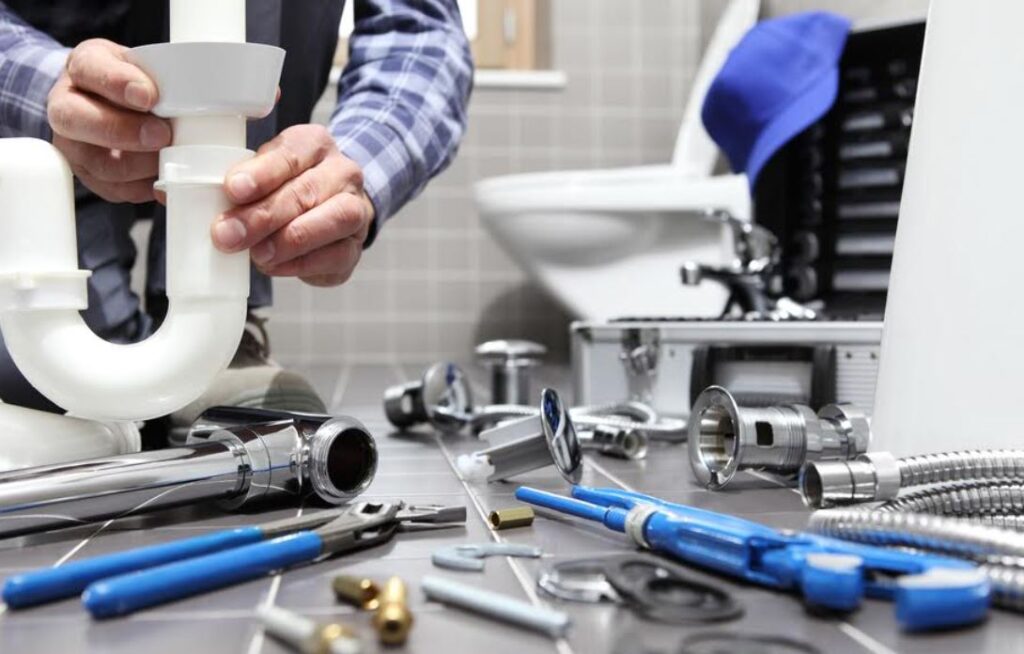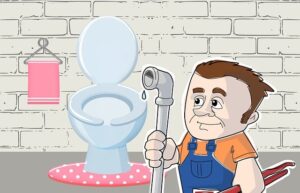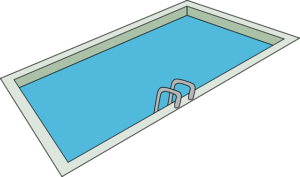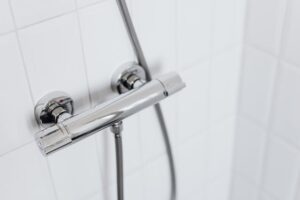
With the housing market as hot as it has been lately, sales of existing homes are pretty brisk. That means plenty of homes built prior to the 1990s are on the block. Should you plan to buy one of these older homes at some point in the future, do yourself a favor and check the plumbing first. Older homes are susceptible to a number of different plumbing problems.
Below is a list of potential problems complements of Salt City Plumbing, a licensed plumbing contractor active in the Salt Lake City, UT area. None of these problems is necessarily cause to automatically cancel a sales contract. However, it is a good idea to know what you’re getting yourself into before you agree to go through with a deal.
1. Galvanized Pipes
Galvanized pipes were the standard in plumbing prior to the 1970s. The pipes are made from iron that has been coated in a layer of zinc. Galvanized pipes where the norm for the day, but they do have some inherent problems. The biggest problem is that they don’t stand up too well after decades of continuous use.
Simply put, galvanized pipes can rust. Having rust in your water will not necessarily harm you, but it does create some nasty tasting water. The rust stains can also stain fixtures, toilets, tubs, and sinks.
As a side note, polybutylene is a plastic material that was used for plumbing from the 1970s through the 1990s. It doesn’t rust like galvanized iron. On the other hand, it is pretty brittle. We now use PVC and other materials for residential plumbing. If you are looking at a home with polybutylene, make sure all the pipes are in good condition.
2. Older Plumbing Fixtures
A good plumbing fixture should last for decades without needing replacement. However, every fixture eventually wears out. The older the fixtures, the more likely you will end up replacing them after you buy the home. If you don’t see this as a problem, no worries. But if you don’t want the hassle of having to replace fixtures yourself, you might include replacement in your contingencies.
3. Leaky Bathroom Plumbing
Tubs and toilets in older homes are good candidates for leaks. This is especially true when you are looking at bathrooms on the second floor. As homes shift and settle, second-floor bathrooms tend to undergo more stress than their first-floor counterparts. Thus, tubs and toilets are more likely to leak.
If an older home has had any leaks in the past, there may be water marks on the ceiling below. Any water marks that look fairly new could be an indication that leaks are ongoing. They should not be ignored.
4. Leaks Under the Kitchen Sink
Storing cleaning chemicals and other products under the kitchen sink is pretty standard. Almost all of us do it. As a result, it is easy to miss slow leaks from either sink drains or incoming water lines. It is always a good idea to check under the sink for water stains or damp conditions.
As long as you are looking under the sink, look for calcium and other mineral deposits around pipe connections. The existence of any such deposits indicates the possibility of a slow leak. If you find potential leaks under the kitchen sink, you might want to check the bathroom sinks as well.
Older homes can be great properties to buy. Just know that with age comes potential problems. You want to check a home’s mechanics thoroughly before you buy, including the plumbing. A licensed home inspector knows exactly what to look for.



